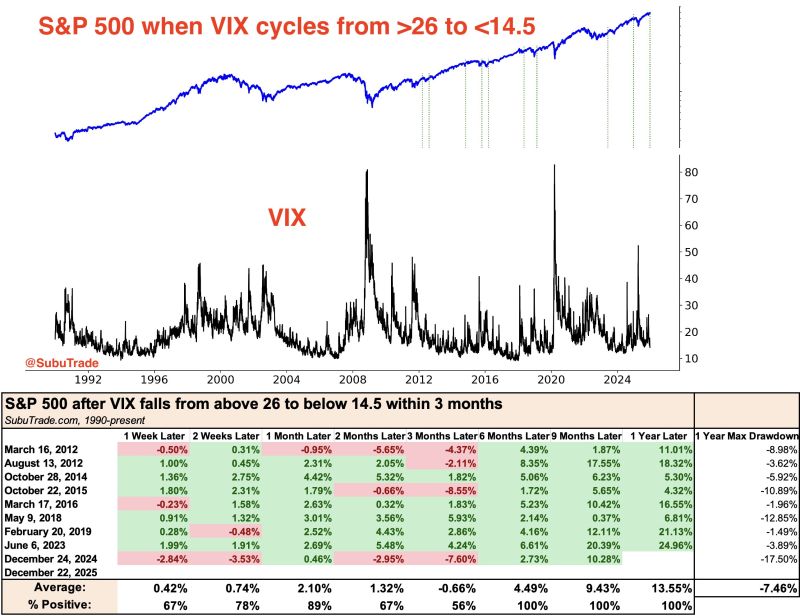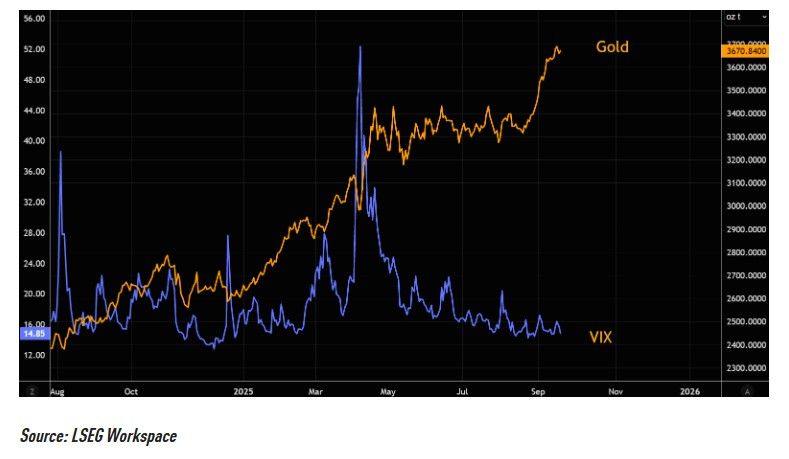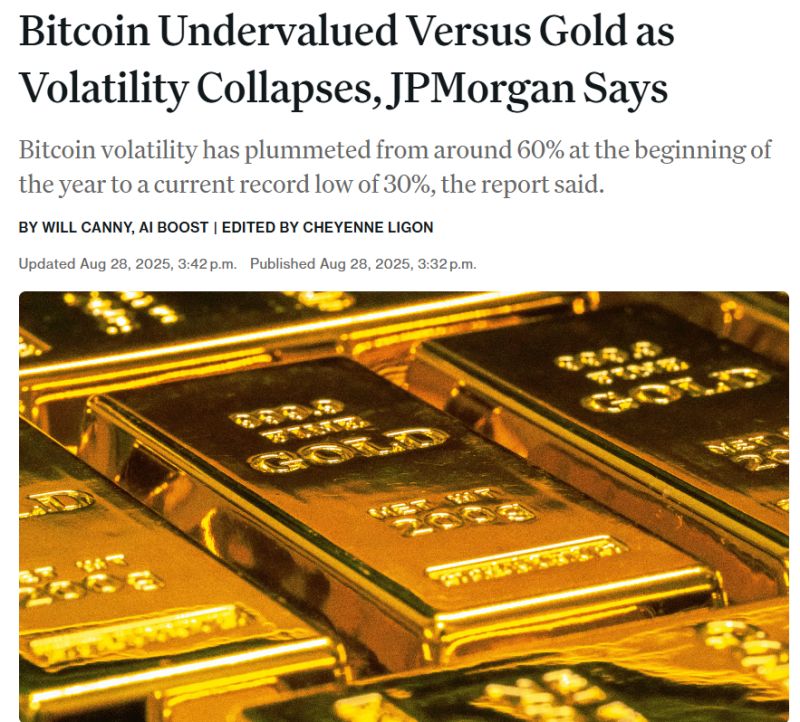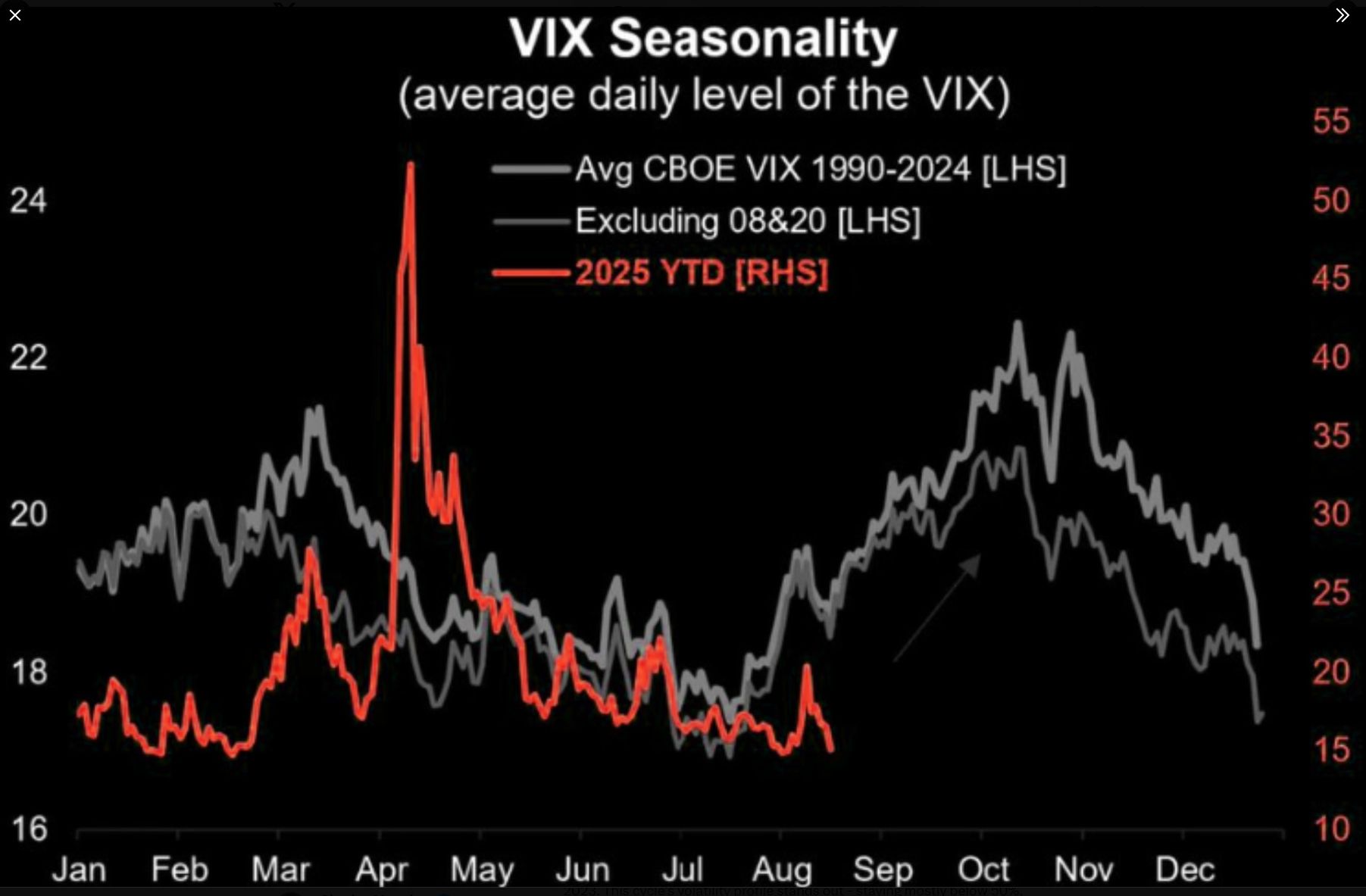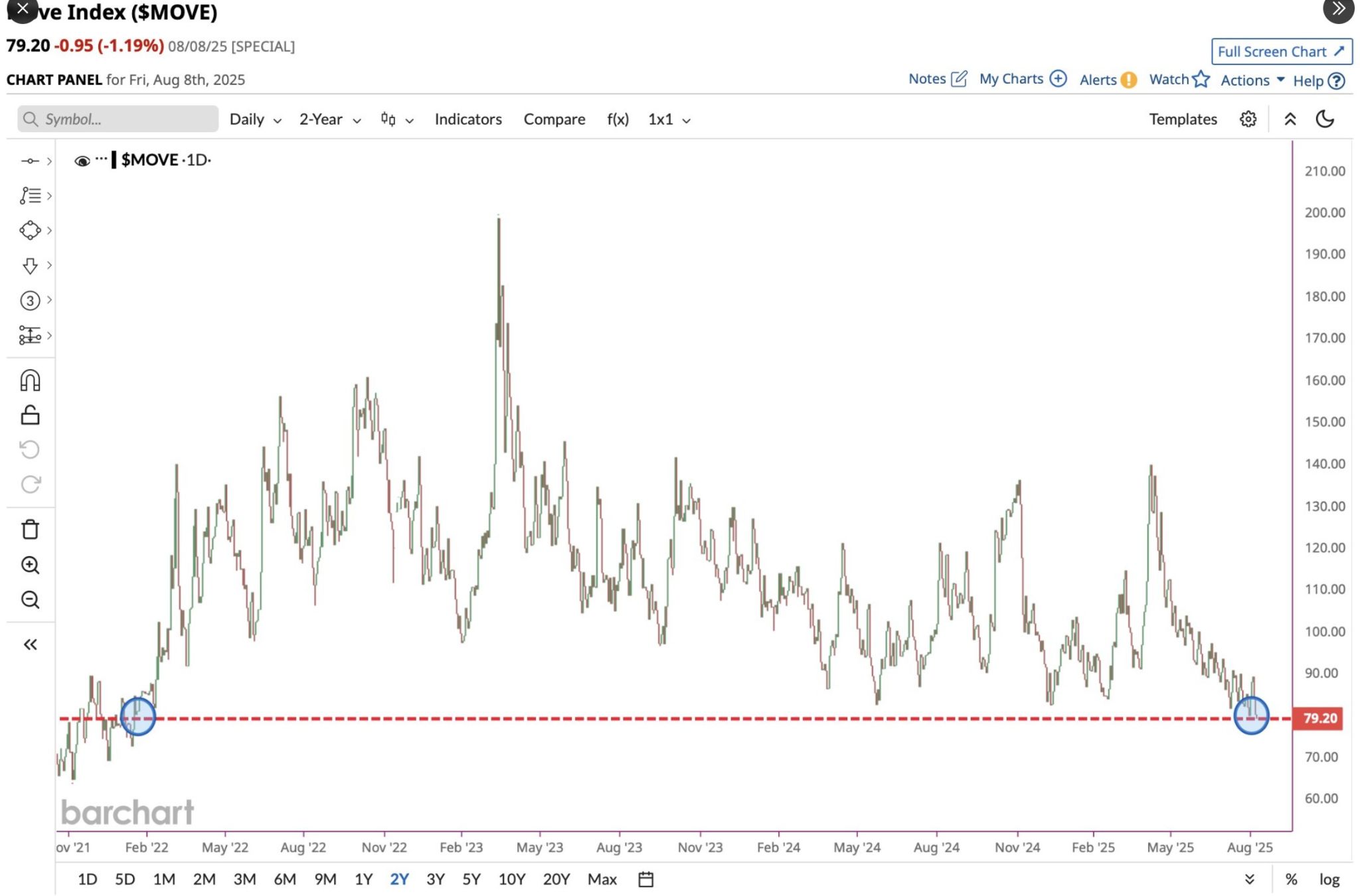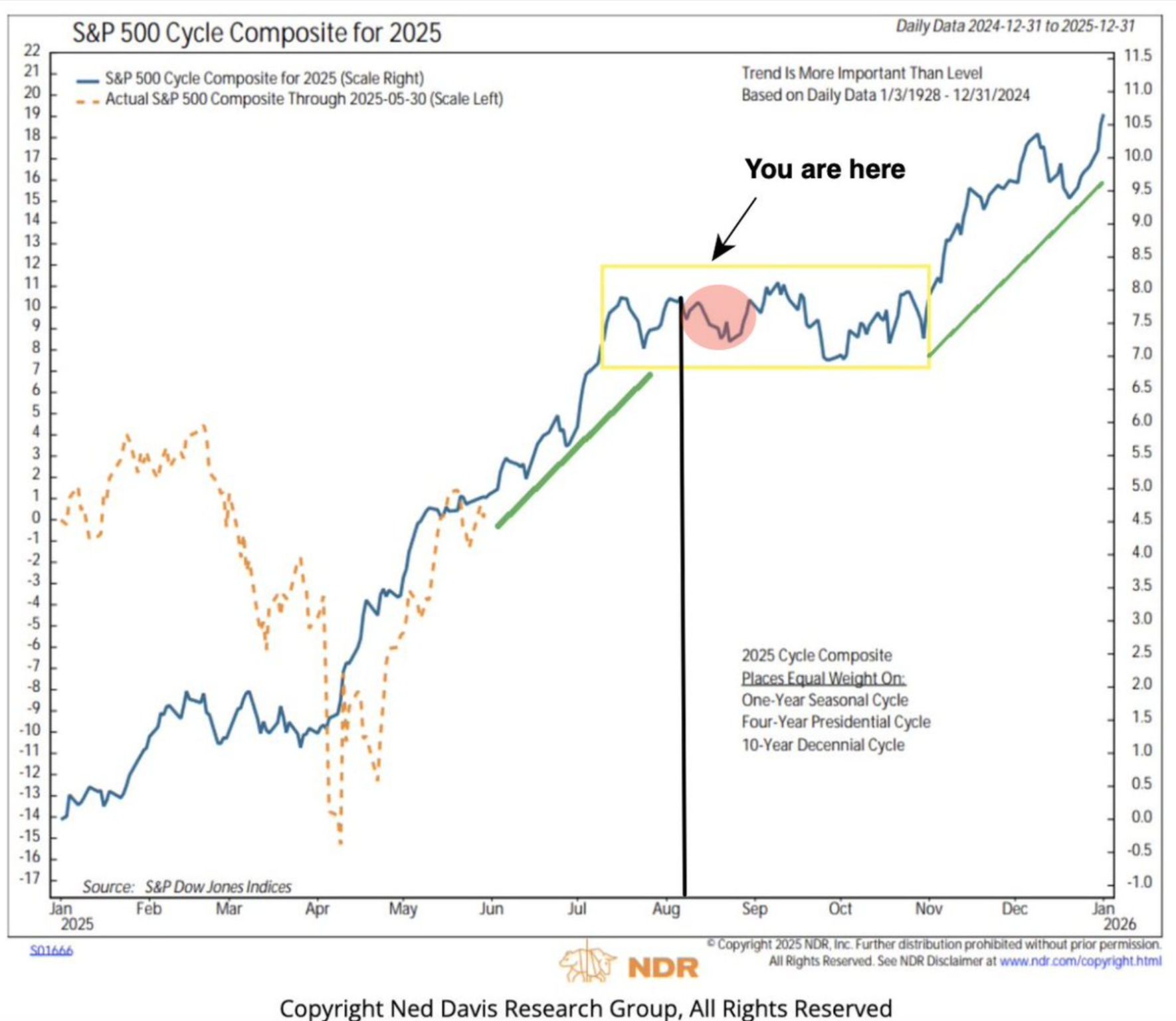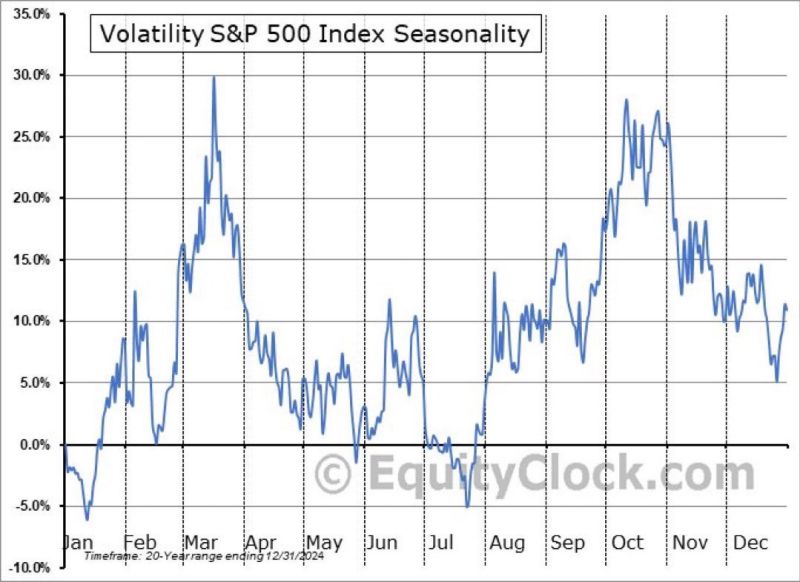Straight from the Desk
Syz the moment
Live feeds, charts, breaking stories, all day long.
- All
- equities
- United States
- Macroeconomics
- Food for Thoughts
- markets
- Central banks
- Fixed Income
- bitcoin
- Asia
- europe
- investing
- technical analysis
- geopolitics
- gold
- Crypto
- AI
- Commodities
- Technology
- nvidia
- ETF
- earnings
- Forex
- china
- Real Estate
- banking
- oil
- Volatility
- energy
- magnificent-7
- apple
- Alternatives
- emerging-markets
- switzerland
- tesla
- United Kingdom
- Middle East
- assetmanagement
- amazon
- russia
- ethereum
- microsoft
- ESG
- meta
- Industrial-production
- bankruptcy
- Healthcare
- Turkey
- Global Markets Outlook
- africa
- Market Outlook
- brics
- performance
$VIX dropped to 14 today, down from 26 just a month ago
Is volatility "too low"? In each of the last 8 times this happened, $SPX was higher a month later. Source: Subu Trade
The hedge factor
Gold is the "everything hedge", but if you are looking for global equity hedges, then VIX looks relatively more interesting compared to chasing gold here. Source: TME, LSEG
JPMorgan analysts believe Bitcoin ($BTC) is trading below its fair value as its price volatility falls to historic lows, narrowing the asset's risk-adjusted gap with gold.
Volatility in Bitcoin has slid from nearly 60% earlier this year to roughly 30%, the lowest level on record. Analysts led by Nikolaos Panigirtzoglou said this dynamic implies a fair value near $126,000, a target they expect could be reached by year-end, according to The Block. A major driver of the decline in volatility has been corporate treasuries, which now hold over 6% of Bitcoin's total supply. JPMorgan compared the phenomenon to the post-2008 bond market, where central bank quantitative easing dampened swings by locking assets into balance sheets. Source: Yahoo Finance, Coindesk
The 69% decline in the $VIX over the last 20 weeks is the biggest volatility crash in history.
Source: Charlie Bilello
Isn't this the time of year when volatility typically picks up?
Source: Lance Roberts
U.S. Treasury volatility falls to its lowest level since January 2022
No Fear left in the market! Source: Barchart
After getting off course in Q1, $SPX has been trending well with the Cycle Composite since.
Will we see a pick up in volatility in the week ahead, in-line with historical cycle? Source: NDR thru Seth Golden
$VIX seasonality last 20 years.
If we are to see a spike, should be any day now. Just simply basing off seasonality. Source: Heisenberg @Mr_Derivatives
Investing with intelligence
Our latest research, commentary and market outlooks


